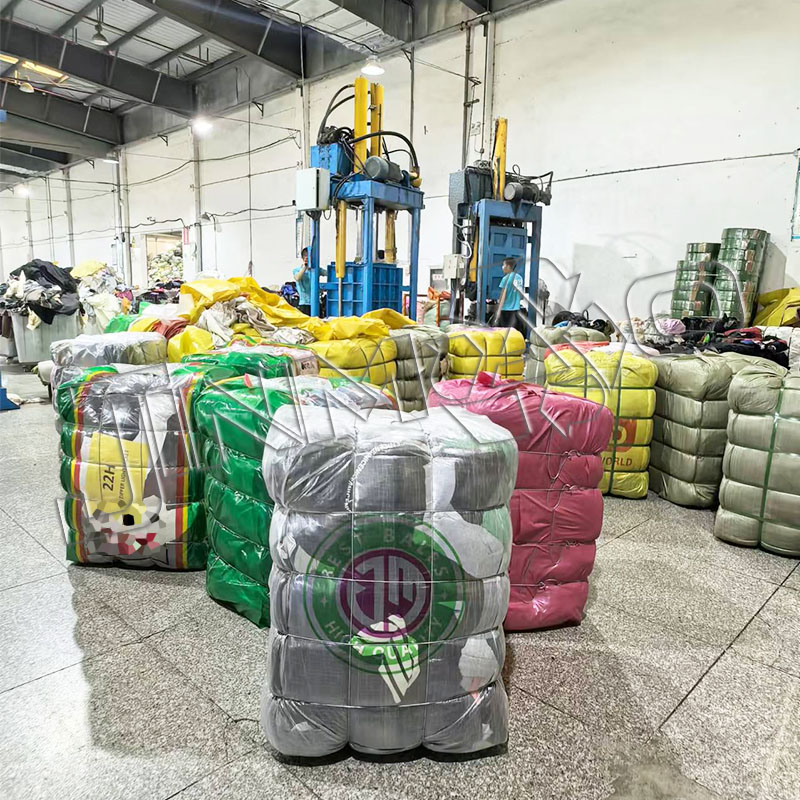
24
Sep
Jinmao Tell You How Second-Hand Clothing Dealers Can Penetrate the Market
The global second-hand clothing market has seen a significant surge in recent years, driven by increased environmental awareness and a shift towards sustainable fashion. For second-hand clothing dealers looking to enter and establish themselves in this competitive landscape, a strategic approach is essential. Below, we outline a comprehensive guide to help these dealers carve out a niche and thrive.
**Understanding Market Dynamics**
Firstly, it’s crucial for dealers to understand the market dynamics and the factors driving consumer preferences towards second-hand clothing. Consumers today are more conscious about the environmental impact of fast fashion and are actively seeking sustainable alternatives. Additionally, the economic advantages of second-hand purchases resonate with budget-conscious buyers. Armed with this understanding, dealers can tailor their offerings to appeal to these motivations.
**Curating Quality Inventory**
Quality is paramount in the second-hand clothing business. Dealers must invest time in sourcing high-quality, gently-used items that are free from damage and from reputable brands. Building relationships with reliable suppliers, participating in trade shows, and exploring estate sales can help in curating a desirable inventory. Moreover, a focus on unique and vintage pieces can attract niche customers who are willing to pay a premium for one-of-a-kind finds.
**Building a Strong Online Presence**
In today’s digital age, an online presence is indispensable. Dealers should create an engaging, user-friendly website that showcases their inventory with high-quality images and detailed descriptions. Leveraging social media platforms like Instagram and Facebook can also help in reaching a broader audience. Regular updates, engaging content, and interactive posts can build a loyal online community. Additionally, considering partnerships with fashion influencers can further amplify reach and credibility.
**Creating an Authentic Brand Story**
Consumers are drawn to brands with authentic stories. Dealers should emphasize the sustainability aspect of their business and the unique narratives behind their products. Transparency about sourcing processes, and the positive environmental impact of purchasing second-hand, can resonate deeply with eco-conscious consumers. Sharing customer testimonials and success stories can also add a layer of trust and authenticity.
**Offering Exceptional Customer Service**
Exceptional customer service can be a key differentiator in the second-hand market. Policies such as easy returns, responsive customer support, and personalization options can enhance the shopping experience. Dealers should also consider implementing loyalty programs to reward repeat customers, which can foster long-term relationships and drive continuous business.
**Participating in Local Events and Pop-Ups**
Engaging with the local community through events and pop-up shops can provide an excellent platform for brand exposure. These events offer direct interaction with potential customers, allowing for immediate feedback and building personal connections. Collaborating with local artisans and businesses can also create a supportive network and enhance brand visibility.
**Conclusion**
Entering the second-hand clothing market requires a strategic approach that combines quality curation, a strong online presence, a compelling brand story, and excellent customer service. By understanding market dynamics and continuously engaging with customers, second-hand clothing dealers can successfully penetrate and thrive in this burgeoning market.
